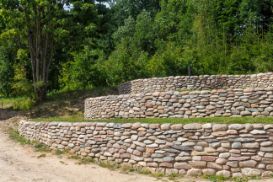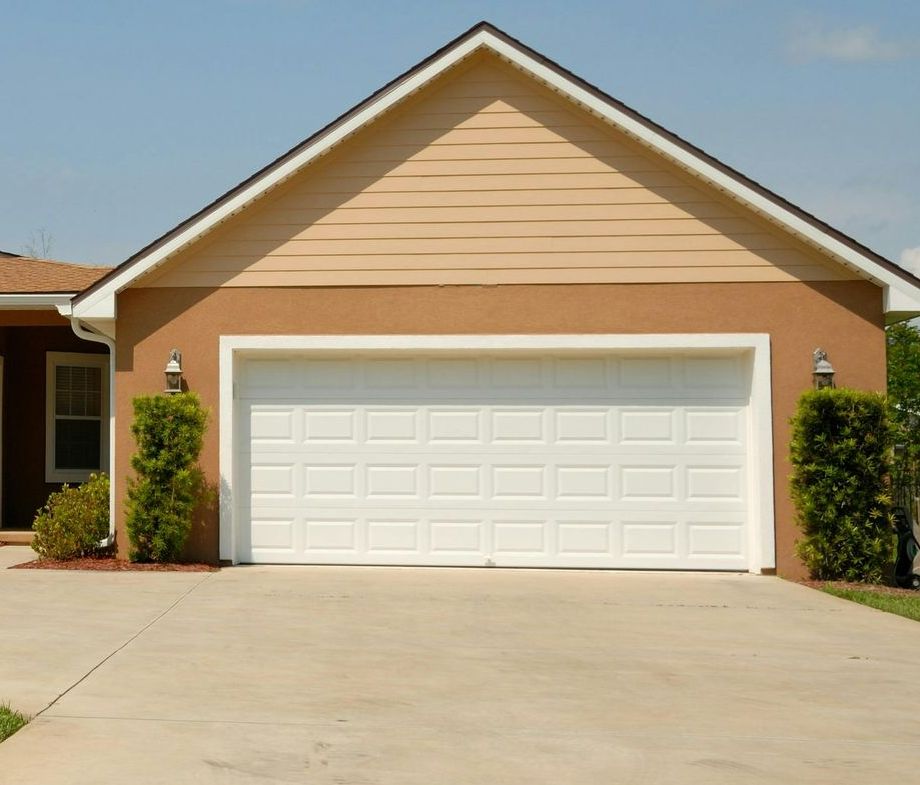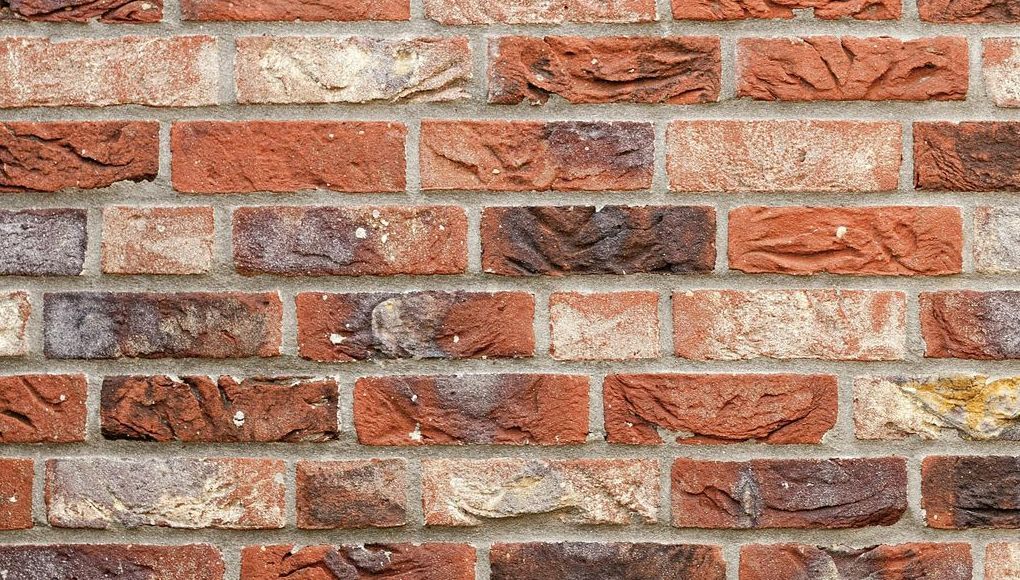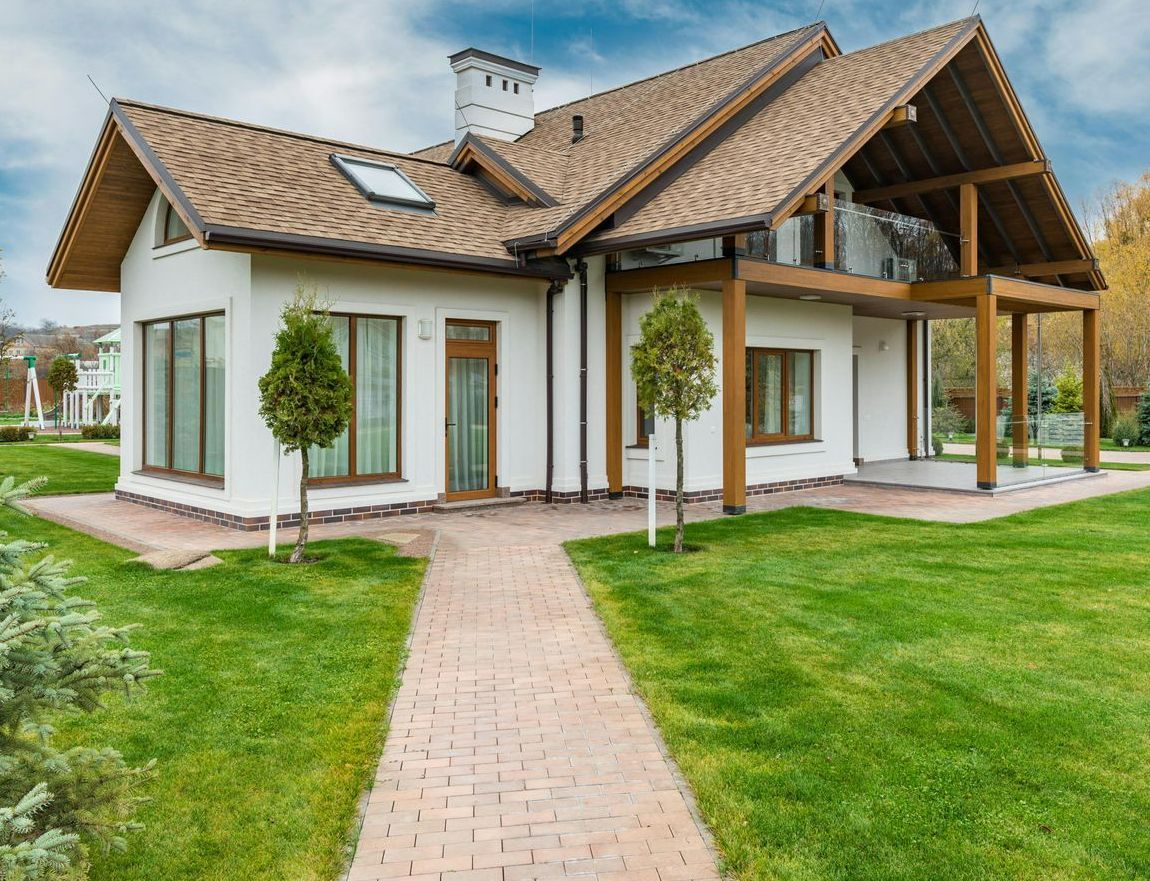Useful Tips For Selecting the Perfect Retaining Wall in Wanneroo

Whether building a new home or simply remodelling, a retaining wall is a crucial part of the structure. Fortunately, there are several things to remember when choosing the perfect retaining wall for your project.
Poured concrete
Whether you are building a retaining wall for a new home or want to make your yard more interesting, a concrete retention wall can make a great addition. There are a few things you should know before building one.
Concrete walls can be constructed using various materials, including sand, cement, and gravel. The retaining wall you choose depends on your needs and budget. Some walls are designed to blend in with the landscape, while others stand out. The retaining wall you choose is the most significant factor in determining the cost of building one.
Several concrete retaining wall options include poured, cast, and interlocking blocks. Each has its advantages and disadvantages. The main advantage of the cast concrete wall is that it is a single piece that can be constructed quickly and easily. It can also be shaped and textured to suit your landscape.
A poured concrete retaining wall requires skill, patience, and attention to detail. During the construction process, you may encounter some minor problems. There are several ways to fix them, including seepage repair and plaster. Consider installing a footing. A footing can be made of rebar, which is usually steel. A footing can also have built-in flower beds.
The cost of building a poured concrete retaining wall depends on the retaining wall you choose, as well as the size and complexity of the project. The amount includes labour costs and the costs of building the wall itself. The poured concrete wall may cost more than other retaining walls, but it is also more aesthetic.
It's also essential to have a sound drainage system. The footings should be designed with a perforated drain pipe. In cold climates, the drainage system should take into account frost heave. It would be best if you also kept in mind that all walls need a good foundation. Depending on your type of wall, you may also need to install a structural engineer.
The cost of a poured concrete retaining wall can vary, depending on the type of wall you choose and the amount of time it takes to build.
Reinforcing steel
Using reinforcing steel in your concrete retention wall can have many benefits. It can reduce the weight of the wall, thereby reducing the amount of concrete used to build it. It can also help to resist hard rain erosion. It could make the construction process more efficient for larger wall projects.
Consider many things before selecting the right concrete retention wall for your property. You'll want to consider a variety of factors, such as the size and weight of your property, as well as the soil and grading conditions in your area. Consider a drainage system. This can include gravel backfill and drainage pipes. In addition, you'll want to account for surface water sources, such as rivers and lakes. This will help you to avoid a costly water damage lawsuit.
Choosing the suitable material for your wall can have a massive impact on the overall cost of your project. Many choices are available, including concrete, rock bolts, and various other materials. A good rule of thumb is to use a material with geotechnical properties that match your local soils.
The most important question is: "What exactly is a retaining wall?" There are many retaining walls, from small stone walls around gardens to large land retaining projects on highways. You can even build a terraced yard with a wall. For the most part, these types of structures are made of concrete. Some may even be precast. Regardless of the materials used, you'll want to ensure the wall is adequately drained. This can include "weep" holes in the wall to allow water to pass through. You'll also want to ensure that you can see the wall and that it is free from water buildup. Keeping the right amount of water behind the wall can prevent many problems. A solid retaining wall can also help protect your property from many other issues, from fire to flooding to erosion. By choosing suitable materials, you can be sure you'll get a retaining wall that is both functional and attractive.
Proper drainage system
Whether you are building a concrete retaining wall in Wanneroo or a timber retaining wall, you must understand the importance of a proper drainage system. With it, you can protect your landscaping and shorten the life of your wall.
Before constructing your retaining wall, you will need to survey your property. This will allow you to know how much water the soil holds during the worst conditions. This information will be used in the engineer's design of the wall.
A sound drainage system for a retaining wall includes landscape fabric, filter fabric, drainage stone, weep holes, and perforated pipes. These all work together to ensure the wall performs as it should.
Landscape fabric prevents fine soil from clogging drainage stones and keeps organic matter from staining the wall. The fabric should be three feet wide and extend at least six inches past the drainage stone. It should be non-woven and attached with construction adhesive.
Weep holes in the wall and allow water to drain behind it. The holes should be evenly spaced vertically and horizontally. They should be filled with filtered material. Water that cannot flow away from the back of the wall may cause a failure of the footing.
When installing a retaining wall, use a high-quality concrete mix. The mix must be mixed according to the instructions on the package. Also, you should check to see if the concrete is adequately cured. This will help prevent cracking in the wall.
Retaining walls are instrumental in preventing flood damage to your home. They also protect your foundation. However, they can only succeed if they are appropriately designed.
Height
The retaining wall must also be designed to resist the pressure of water and earth. If you are installing a retaining wall, it is a good idea to construct it at least twelve inches wide to ensure it will not collapse during lousy weather. Consider installing a solid fence that is attached to the retaining wall.
We hope you enjoyed reading our blog! If you have more questions or need help with retaining walls, feel free to call us at 08 6186 7423!


